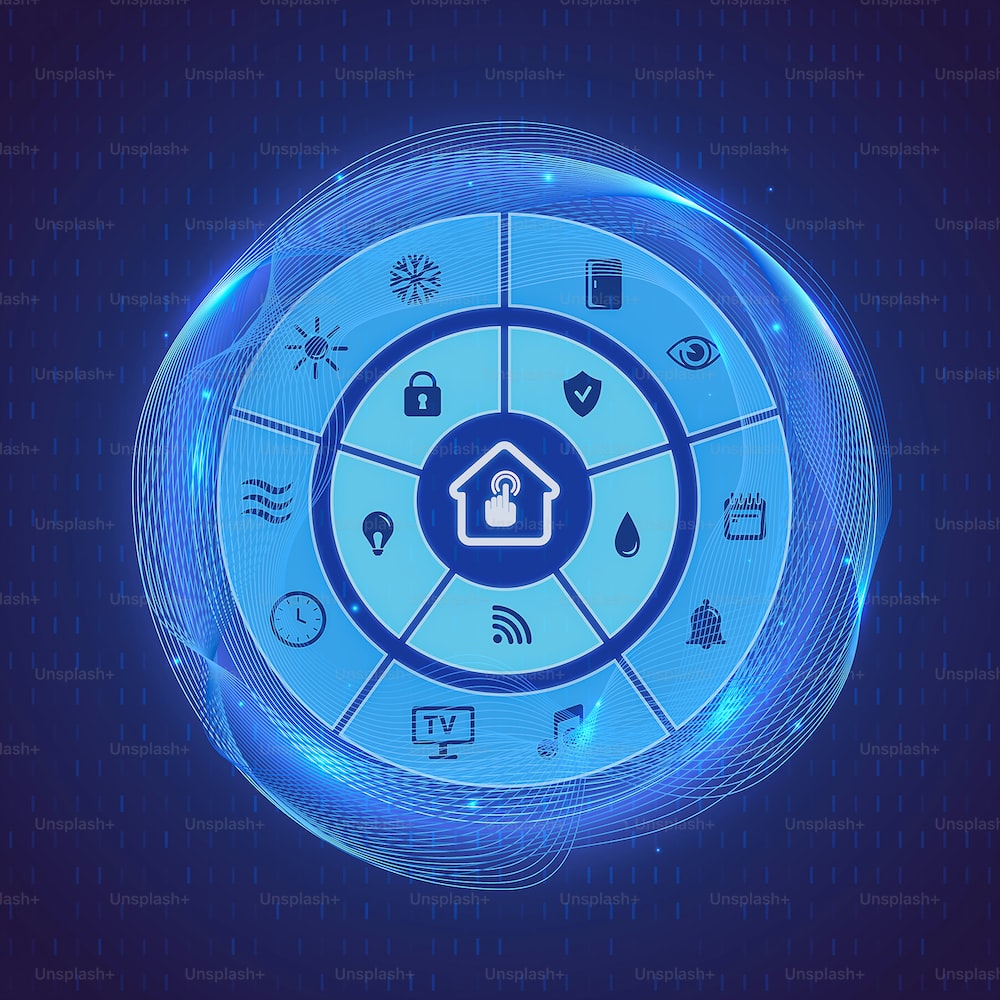The Internet of Things (IoT) has revolutionized industries, offering unprecedented opportunities for businesses and consumers alike. However, the journey of IoT adoption is not without its fair share of obstacles. From security concerns to interoperability issues, IoT developers face a multitude of challenges that must be addressed for successful deployment. So, let’s look at the most prominent hurdles encountered in IoT development and consider actionable strategies to overcome them.


1. Enhanced Security Measures for IoT
Security remains the most pressing challenge for IoT development. The integration of billions of devices creates a vast landscape for potential cyber-attacks. Many IoT devices are designed with minimal security, making them susceptible to security breaches.
The Security Dilemma
IoT devices often run on constrained systems with limited resources, making it challenging to implement robust security measures. The lack of standardization in IoT devices and protocols further complicates the situation, leaving room for vulnerabilities that can be exploited by attackers.
Addressing the Security Challenge
Addressing IoT security involves implementing secure development practices, regular software updates, and strong authentication methods. Technologies like Public Key Infrastructure (PKI) can ensure device authenticity, while secure gateways can ensure secure communication within the network. Using encryption algorithms to protect data at rest and in transit can significantly enhance data security.
2. Interoperability and Compatibility
Compatibility and interoperability present significant challenges in IoT development. With diverse IoT devices, protocols, and platforms, ensuring seamless communication between devices can be a daunting task.
The Compatibility Conundrum
With big vendors such as Amazon, Google, and Microsoft promoting their own IoT infrastructure, ensuring these solutions work seamlessly together is a considerable challenge. Ensuring universal protocols and compatibility is crucial for the smooth functioning of IoT systems.
Overcoming the Interoperability Challenge
Addressing interoperability involves developing devices within a universal framework to establish an open standard. Implementing standard APIs and using open-source messaging protocols can facilitate seamless device communication. Collaboration with stakeholders in the IoT ecosystem is key to managing interoperability challenges.
3. The Challenge of Scalability
As IoT ecosystems expand, scalability becomes a crucial consideration. With the increasing number of connected devices and data points, managing and scaling IoT systems can be a complex task.
The Scalability Issue
The complexity of IoT systems increases with the number of connected devices. Managing this growing ecosystem demands efficient data management techniques and scalable network protocols.
Scaling Successfully
To address scalability, IoT systems should be designed for horizontal scaling. Implementing efficient data management techniques, using cloud-based platforms, and designing data architectures that are scalable, secure, and optimized for performance can help tackle scalability challenges.
4. Data Management in IoT
IoT generates vast amounts of data that require proper management. Handling a massive influx of data and ensuring data quality, privacy, and regulatory compliance present significant challenges.
The Data Dilemma
Data management involves addressing issues such as data quality, privacy, and regulatory compliance. A flaw in data management could lead to false positives and false negatives, exposing algorithmic limitations.
Addressing the Data Challenge
To tackle data management challenges, developers can design data architectures that are scalable, secure, and optimized for performance. Implementing data governance policies and procedures can ensure data quality, privacy, and regulation compliance.
5. IoT Device Management
IoT device management provides administrative access to a deployed network of IoT devices. However, many organizations are unaware of why they need IoT administration, and lack of proper device management can hinder the performance of IoT devices.
The Device Management Issue
Effective device management involves monitoring connected devices, ensuring their security, and automating processes. It sends notifications to the administrator who can securely access these devices, troubleshoot errors, update their firmware, and reboot them if needed.
Tackling the Device Management Challenge
A holistic approach to managing smart devices ensures IoT goals are met and achieved. Using the right design, compliance, manufacturing, and security tools helps build a strong IoT foundation that delivers on its promise.
6. Connectivity and Coverage
To transmit and receive data, IoT devices need a network connection. However, the type of connectivity an IoT device uses can restrict where and how the device can be deployed. This makes coverage a constant challenge in IoT development.
The Connectivity Conundrum
While there are numerous IoT connectivity solutions, they’re all best suited for different types of coverage. For instance, solutions like WiFi are common, but they can only operate within a short range of a router. When the infrastructure isn’t available, you have to either pay to build it or outfit your devices with a backup solution that already has coverage.
Ensuring Connectivity and Coverage
Several technologies provide wide coverage, enabling IoT devices to operate within a few miles of the network infrastructure. While cellular is the most popular option, there are also Low Power Wide Area Networks (LPWANs) like Sigfox and LoRaWAN. In the future, satellite connectivity will likely become more common as well.
7. Limited Battery Life
Most IoT devices operate on limited power supply and need to last for years in the field on a single charge. However, transmitting or receiving data for extended periods drains too much battery life, limiting the device’s capabilities.
The Battery Life Challenge
IoT devices often have small batteries due to their size limitations. For devices that spend the majority of their lifecycle in the field without access to another power source, the battery is designed to last for years. But it can only last all that time if the device’s regular operations drain minimal power.
Prolonging Battery Life
Newer networking technologies like Narrowband IoT and LTE-M have power-saving features that can help extend the battery life of IoT devices to 10 years or more. Another way manufacturers can make more efficient use of their batteries is with specialized IoT routers and gateways. These devices can support the more complicated protocols and security processes like encryption and authentication, keeping devices secure while minimizing their power consumption.
8. Remote Access
The type of connectivity an IoT device uses can change how you’re able to access the device. On-site visits are extremely expensive, but if that’s the only way a technician can troubleshoot or update your device, you’re stuck paying the additional costs.
The Remote Access Issue
Remote access capabilities dramatically lower the costs of support and maintenance and make routine firmware updates far more manageable at any scale. Unfortunately, many IoT connectivity solutions lack the data throughput to make global remote access viable.
Ensuring Remote Access
Cellular networks offer the data throughput needed to efficiently push updates to your devices and the required technology for secure remote access through Virtual Private Networks (VPNs).
9. Bandwidth Availability
Radio Frequency (RF) bandwidth is a finite resource the entire world has to share. When too many of these devices use the same frequency bands in the same location, their signals interfere with each other.
The Bandwidth Issue
As we continue adding billions of new devices, the RF spectrum will grow increasingly crowded. Signal interference and the availability of bandwidth are something manufacturers need to be aware of.
Addressing Bandwidth Availability
Mobile Network Operators (MNOs) worldwide pay for a license that essentially privatizes segments of the RF spectrum, making it so that only their customers can access this bandwidth. Different MNOs who operate in the same area each have their own licensed bands, which helps decrease the likelihood of interference.
10. Operating Environment Concerns
The physical environment where the IoT device operates is a key factor in defining its functionality, and therefore, it is the key concern. IoT devices face several hindrances depending upon the operating environment.
The Operating Environment Issue
IoT devices can have uptime issues due to extreme temperature, overheating, rough handling, wear and tear due to wind, or simply due to pedestrian activities, not to mention device theft, poor connectivity, and delay in data transmissions. All these operating environment concerns deter IoT devices from delivering their full performance.
Addressing Operating Environment Concerns
The best way to resolve operating challenges is to design an IoT device intended for the environment. Special design and testing guidelines must be followed to make sure installed devices function properly for the required operating lifetime.
Conclusion
IoT technology has brought about numerous benefits, but it has also introduced a host of challenges. These challenges can be successfully addressed by implementing robust security measures, developing interoperable systems, managing data effectively, and ensuring smooth connectivity. The key to overcoming these challenges lies in leveraging the right tools, technologies, and strategies to create innovative and impactful IoT solutions. By doing so, businesses can unlock the full potential of IoT, transforming operations, enhancing customer service, and driving business growth.
If you’re looking to get started on an IoT project, you’re in the right place. SmartDev has broad experience with IoT and can help navigate potential challenges because we’ve seen them before. Curious to find out what working together would look like? Reach out to us and we’ll get a dialogue started. While the Internet of Things is still in its nascent stage, the Internet of People is well-established — and we’re right in the middle of it.



